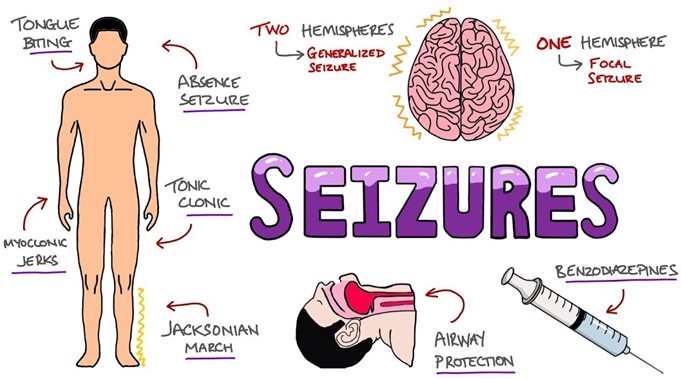A nurse is reinforcing teaching about alcohol withdrawal with a client who has a history of alcohol use disorder. Which of the following client statements indicates an understanding of the teaching?
"Disulfiram will prevent my cravings for alcohol."
"It is important that I take Vitamin C to prevent liver cirrhosis or other liver damage."
"Withdrawal symptoms should last about 5 to 7 days once they begin."
"I should expect hand tremors to start less than 24 hours after I stop drinking."
The Correct Answer is D
The client should expect hand tremors to start less than 24 hours after they stop drinking when reinforcing teaching about alcohol withdrawal with a client who has a history of alcohol use disorder.
Choice A, "Disulfiram will prevent my cravings for alcohol," is incorrect because disulfiram works by creating a very unpleasant reaction when the client drinks alcohol and is not a medication for preventing cravings.
Choice B, "It is important that I take Vitamin C to prevent liver cirrhosis or other liver damage," is incorrect because Vitamin C is not indicated for liver disease related to alcohol use disorder and is not effective in preventing it.
Choice C, "Withdrawal symptoms should last about 5 to 7 days once they begin," is incorrect because withdrawal symptoms can last for several days or even weeks, depending on the severity of the alcohol use disorder.
Nursing Test Bank
Naxlex Comprehensive Predictor Exams
Related Questions
Correct Answer is B
Explanation
When a client is experiencing alcohol withdrawal, seizures are a common finding. Benzodiazepines are the preferred medications for alcohol withdrawal, and they are used to prevent seizures and treat symptoms of anxiety, agitation, and autonomic hyperactivity. Stuporous level of consciousness (Choice A), pathological changes on a CT scan (Choice C), and bradycardia (Choice D) are unlikely findings in a client experiencing alcohol withdrawal. Stuporous level of consciousness is more indicative of acute brain dysfunction or coma. CT scan findings may indicate structural brain injury, such as a brain tumor or stroke. Bradycardia is not a common finding in alcohol withdrawal but may occur in severe cases. However, tachycardia is a more common finding.

Correct Answer is B
Explanation
Methadone. Methadone is a synthetic opioid that can help reduce the symptoms of opioid withdrawal and prevent relapse.
Methadone acts on the same receptors as other opioids, but it has a longer duration of action and a lower potential for abuse. Methadone is given in controlled doses as part of an opioid treatment program.
The other choices are not correct because:
Choice A. Risperidone is an antipsychotic medication that has no effect on opioid withdrawal.
Choice C. Lithium carbonate is a mood stabilizer that is used to treat bipolar disorder and has no effect on opioid withdrawal.
Choice D. Disulfiram is a medication that inhibits the metabolism of alcohol and causes unpleasant reactions when alcohol is consumed. It has no effect on opioid withdrawal.
Whether you are a student looking to ace your exams or a practicing nurse seeking to enhance your expertise , our nursing education contents will empower you with the confidence and competence to make a difference in the lives of patients and become a respected leader in the healthcare field.
Visit Naxlex, invest in your future and unlock endless possibilities with our unparalleled nursing education contents today
Report Wrong Answer on the Current Question
Do you disagree with the answer? If yes, what is your expected answer? Explain.
Kindly be descriptive with the issue you are facing.
